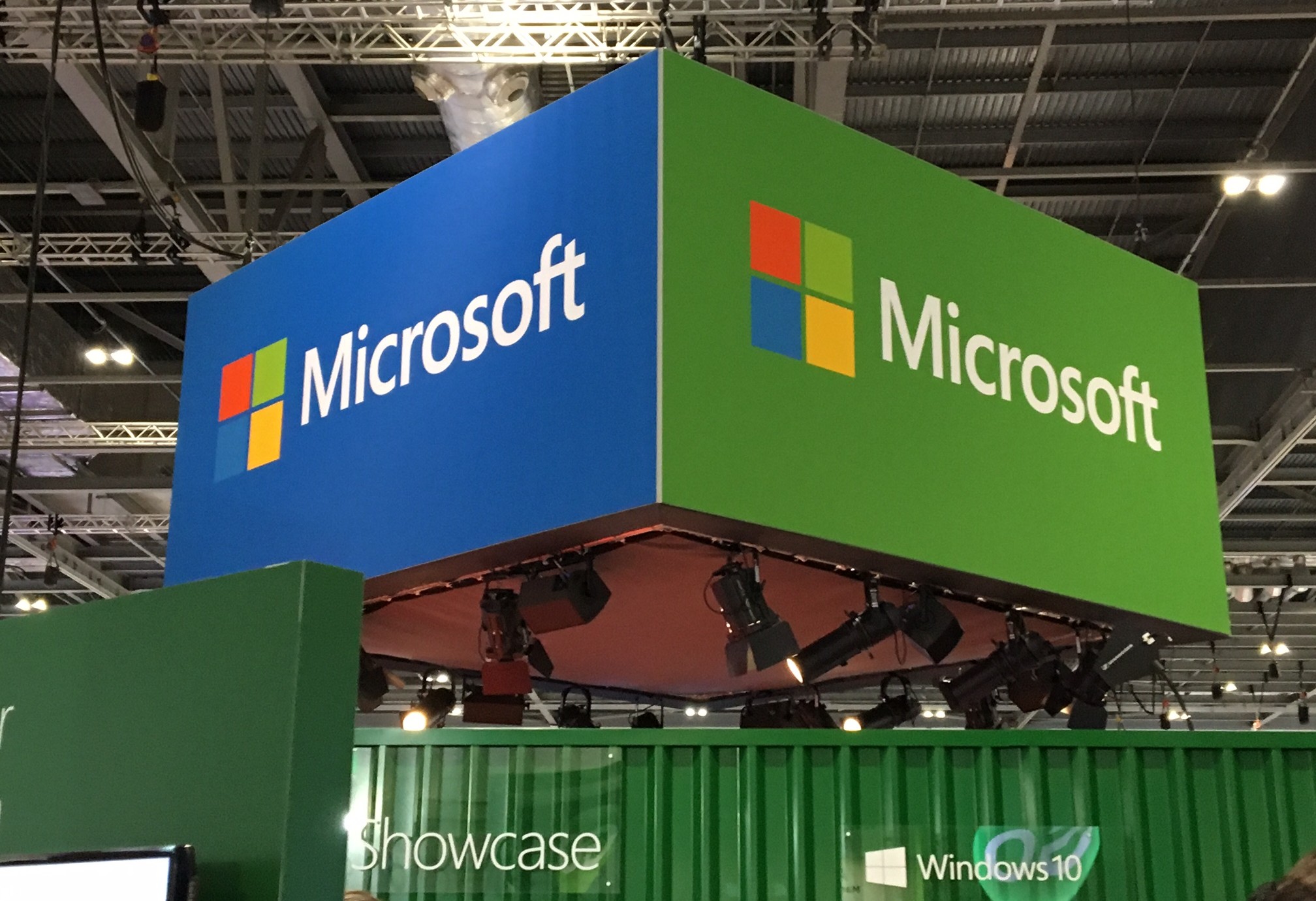

Back in the days of Steve Ballmer at its head, Microsoft was hardly considered to be the most innovative of technology companies; rather more a lumbering software giant attempting to make inroads into the world of smartphones like a drunk trying to walk in a straight line.
Sure, Microsoft shook things up a little when it entered the games console market with the Xbox, but that was basically a PC in a bulky console chassis and it took the Xbox 360 to really kick the company’s gaming brand into gear.
While the likes of Apple and Google basked in the glow of innovation, Microsoft was stuck behind a murky window of Windows, struggling to have any real impact other than keeping the company plodding along.
Nadella took the concept of ‘mobile first, cloud first’ and ran with it, only rather than create a whole host of different services, he helped guide Microsoft to start integrating all of its various software and products together.
Add to that data sifting tools such as Delve and Power BI, and we see Microsoft integration solid analytics tools into an easy to use and familiar set of services, now all easily available through the cloud.
Then comes Cortana, a virtual assistant inspired from the Halo games series, but more a Siri rival that is increasingly being spread across the Microsoft portfolio.
Nadella and the Microsoft under his command has demonstrated that it understands that people want more functionality from their computers, without the need to jump between a myriad of complex services and software; both Office 365 and Windows 10 are less software and more a collection of Microsoft’s latest smart features.
In short, Redmond has created a platform and ecosystem for its innovation. And we saw that this week with the reveal of the Surface Laptop.
More than just a slim Windows 10-equipped ultraportable laptop aimed at the student and education market, at close inspection you can see Microsoft has really pushed the envelope with its engineering, mixing clever internal design and cooling with the use of plush materials and the ability to eek out a claimed 14 hours of battery life.
Compared to Apple, the heralded innovator over the past decade, which has done little to push the boundaries of its MacBook and MacBook Air line, Microsoft has delivered a sucker punch of design and engineering innovation at a Cupertino competitive price.
But we also saw this innovation around a year ago from Microsoft with its Surface Book premium laptop-come-tablet. Sure, it came at a rather lofty price, but it, along with the rest of the Surface range, showed that Microsoft can do hardware as well as software.
Yet as the same time, the recently released Windows 10 Creators Update demonstrated how Redmond can mix its hardware and software innovations; for example, the Creators Update has a lot of Windows Ink capabilities baked into it that compliment the use of the Surface Pen stylus with Surface touchscreens.
And the Creators Update also brings in 3D tools in paint, which while not 100 percent relevant to many users, embeds a tool ready for use with Microsoft’s HoloLens augmented reality technology headset when it and partner headsets are finally ready for a full release.
I recently spoke to a Microsoft exec who explained the company’s ambitions to shape Windows into a platform that will support apps for desktops right through to augmented and virtual reality use. Think back some five to seven years ago and you’d never picture Microsoft as the company that would be spearheading cutting-edge technology.
Of course, Microsoft is not immune to a few flaws even under Nadella’s gaze; the Xbox One for example had a lackluster launch and was thoroughly trounced by the PlayStation 4 in the games arena, and Microsoft has seen Google knock it out of a few organisations with the G Suite, while the Windows 10 launch was also a little fumbled with upgrade woes.
But what we are seeing from 2017’s Microsoft is an established tech company that’s willing to take risks to embrace emerging technologies such as mixed reality and machine learning, while still providing its customers with the tools they want to use.
The creative streak in Microsoft is now definitely back, and I for one look forward to seen what the venerable tech giant does next.
Tesla sales have plummeted to lowest level in three years, as deliveries of new EVs…
New addition. Next generation foundation model, as Amazon Nova model launches to perform actions within…
Head of artificial intelligence research at Meta Platforms has announced she is leaving the social…
No decision yet, after media reports CK Hutchison was to spin off its global telecom…
Ahead of 5 April deadline, Trump is to hold White House meeting over possible investors…
Apple fined 150m euros over App Tracking Transparency feature that it says abuses Apple's market…